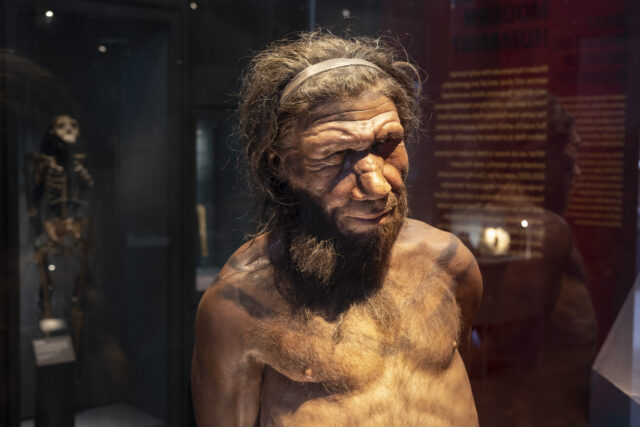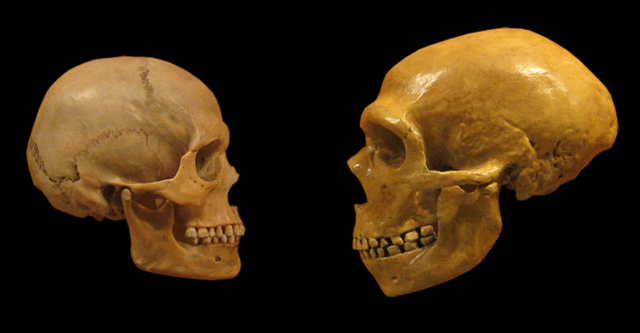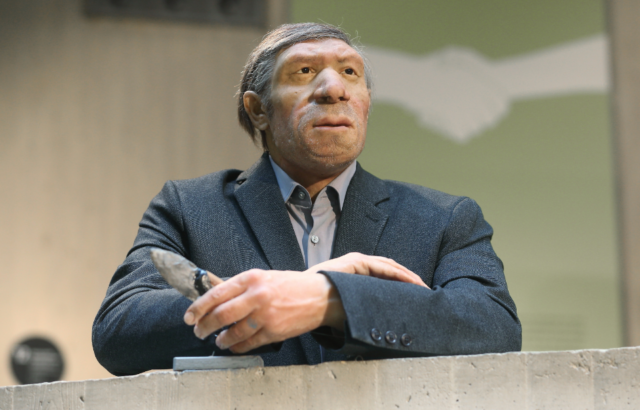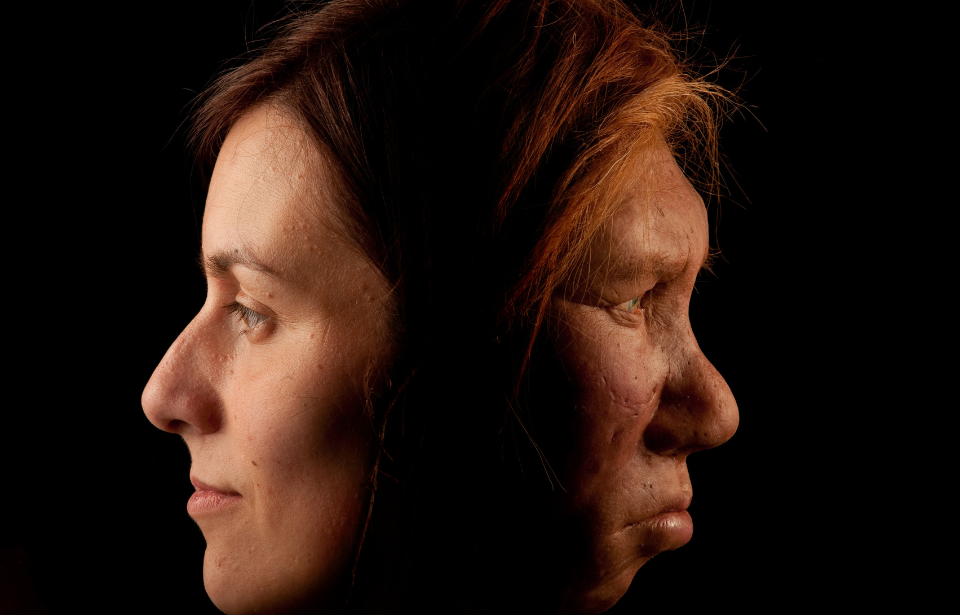If you’ve ever seen a Neanderthal in a museum, or perhaps just a depiction of a Neanderthal, you’ve likely noticed some subtle differences between their appearance and how modern humans look. Neanderthals had heavier brow ridges, larger front teeth, and overall flatter appearances. Most noticeably, you would probably see they tended to have larger, wider noses.
In a recently published study, scientists have discovered a gene that is shared between Neanderthals and modern humans. This common gene has influenced the shape of our faces.
A genetic reason for larger noses

The study took data from 6,000 subjects from across Latin America. Participants in the University College London-led study had a mix of European, Native American, and African roots. However, their genetic information was not the only thing researchers looked at.
Each participant’s facial features were also measured, which helped determine whether different facial traits could be linked to specific genetic markers. These measurements were for the various distance points on a person’s face, such as from the tip of the nose to the edge of the lips.
What they discovered was that there are clear indicators for the influence of face shape. One genome region, the ATF3, stood out, displaying that people of Native American ancestry, and some East Asian ancestry, had Neanderthal genes in this area. This resulted in having larger noses.
What scientists had to say

Qing Li of Fudan University said, “It has long been speculated that the shape of our noses is determined by natural selection; as our noses can help us to regulate the temperature and humidity of the air we breathe in, different shaped noses may be better suited to different climates that our ancestors lived in.”
Li continued, “The gene we have identified here may have been inherited from Neanderthals to help humans adapt to colder climates as our ancestors moved out of Africa.”
Kaustubh Adhikari of University College London, one of the authors of the study, reiterated the importance of this discovery, saying, “Some DNA inherited from Neanderthals influences the shape of our faces. This could have been helpful to our ancestors, as it has been passed down for thousands of generations.”

Another study was completed in 2021 and produced similar results, although it showed genetic similarities between modern and archaic humans with the shape of our lips.
More from us: New DNA Technique Helped Researchers Learn About an Ancient Pendant’s Owner
Both studies help to shine a light on specific traits and how they have remained the same over the course of our species’ evolution.
Let us know what you think in the comments below.
